Posts in Category: For The Dogs
Why Do My Dog’s Feet Smell Like Fritos?
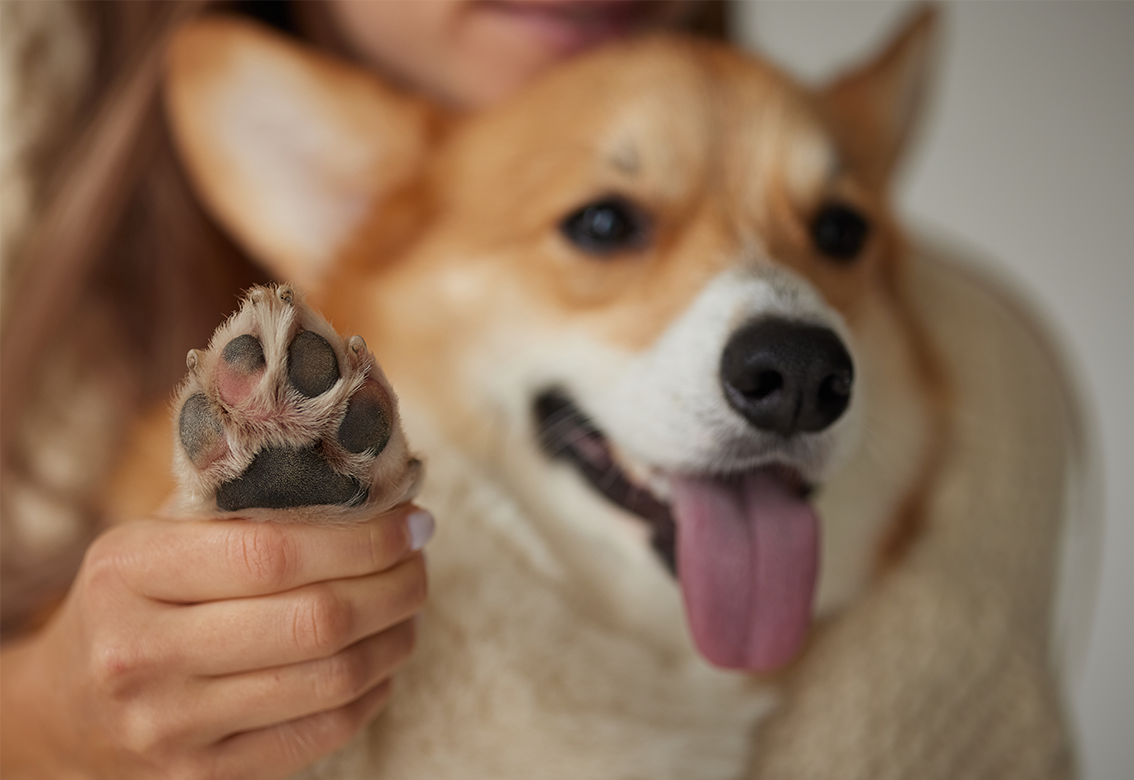
Have you ever noticed that your dog’s feet smell like Fritos or corn chips? Often referred to as ‘Frito’ feet, its term for the corn chip smell that comes from a dog’s paws.
At Lone Tree Veterinary Medical Center, we never shy away from life’s tough questions! Read below as we tackle the strangely pleasant phenomenon of why your dog’s feet smell like Fritos.
Continue…Understanding Old Dog Vestibular Disease
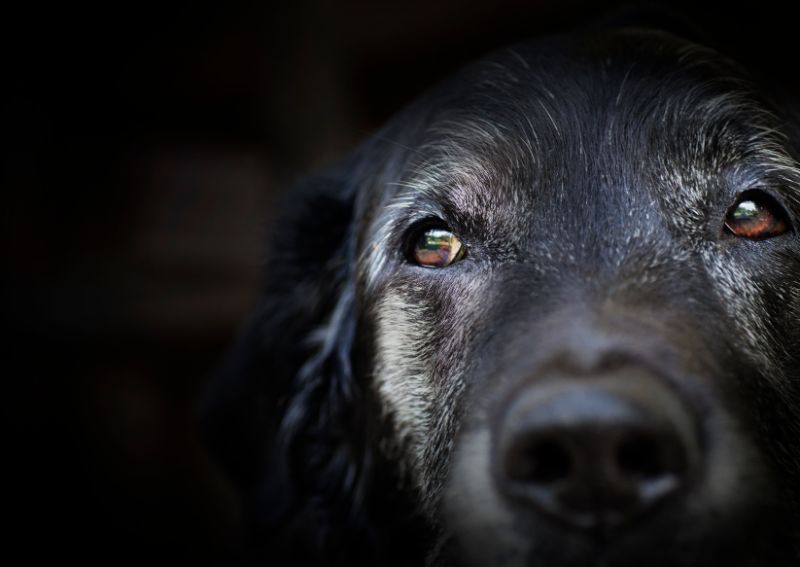
Anyone who’s ever suffered from vertigo or an inner ear problem understands the unsettling dizziness, loss of coordination and nausea that can accompany these types of conditions. Dogs can experience a similar condition known as canine vestibular disease.
There are several types of canine vestibular disease. Some may be due to serious causes, such as a brain tumor, neurological infection or other neurological disorder. However, there is a benign self-limiting type that affects mostly older dogs. Because of this, it is commonly referred to as ‘old dog vestibular disease’, which is the focus of this discussion.
The symptoms of old dog vestibular disease can be quite bewildering for any pet owner. At Lone Tree Veterinary Medical Center, we see this problem in many of our older patients, so we’d like to shed some light on this mostly benign form of canine vestibular disease.
Continue…The Do’s and Don’ts of Dog House Training
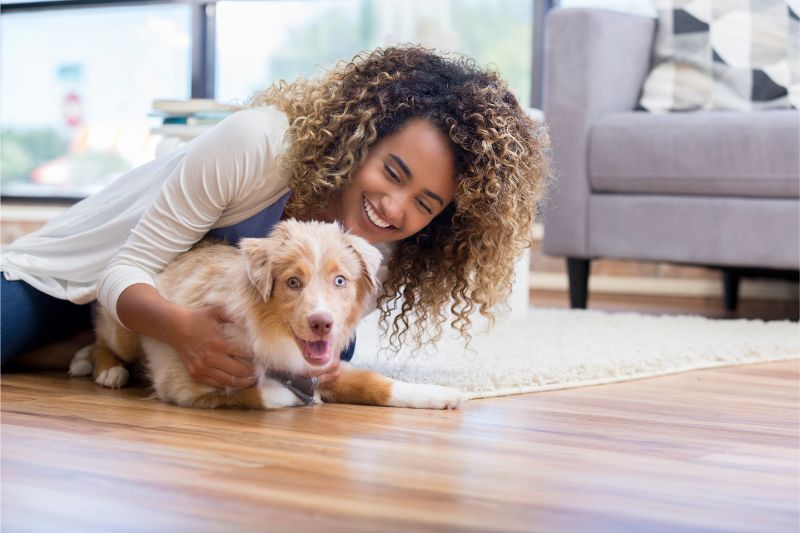
Bringing home a new puppy is one of life’s great joys, but the prospect of potty training your newest family member can be daunting. Even adult dogs can experience some setbacks when it comes to proper elimination, whether they are recently adopted or you’ve raised them from puppyhood.
At Lone Tree Veterinary Medical Center, we’ve seen a lot when it comes to the challenges of house training our dogs. So, with the help of our on-staff professional dog trainer, we’ve put together a few tried and true tips to help you navigate a smooth and stress-free transition with your special companion.
Continue…Does Your Dog Have What it Takes to Be a Therapy Dog?
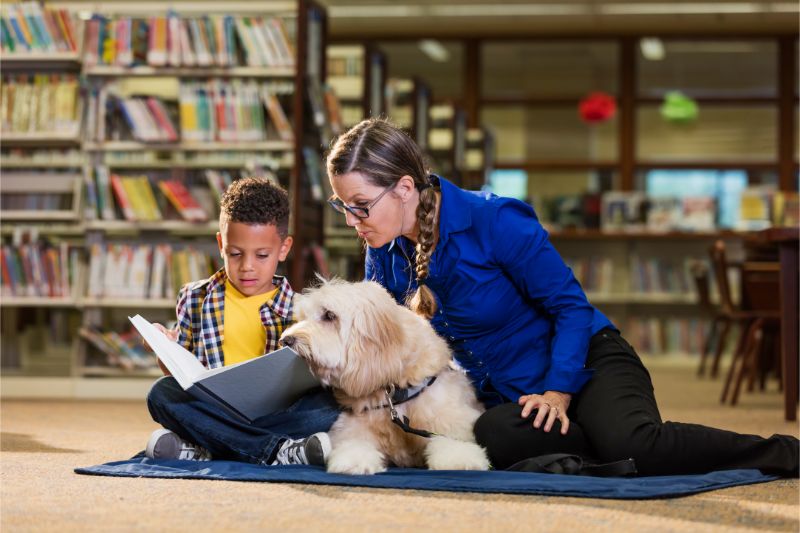
Do people routinely tell you how wonderful your dog is? If you are used to hearing “You have the best dog in the world!”, and you’re interested in sharing your dog with others who may benefit from your dog’s sweetness, perhaps you should consider therapy dog training! After all, what better way to spread the happiness and comfort that your dog brings than taking your sweet pup into a hospital or to a senior center where there are people who would appreciate a visit from a special four-legged companion?
Anyone who owns a dog knows how much this special bond adds to their quality of life, and there’s science to back it up. Recently, therapy dogs have been recognized by the scientific community for the health and healing benefits that they offer. Studies show that simply petting a dog stimulates the release of “feel good” neurochemicals, and contributes to lowered blood pressure, less depression, and an overall reduction in stress. There are numerous ways that therapy dogs can provide support, companionship, hope, and other health benefits to help people heal from both physical and psychological ailments.
Continue…The Reverse Sneeze: What It Is And When To Worry

You are minding your own business, when out of nowhere comes the odd, surprising, and utterly weird sound of honking or wheezy snorting from your dog. You run to your pet’s aid, only to discover that he or she is perfectly fine, standing there as though nothing has happened. But what did happen? Do you call us or drop everything and rush your pet in as an emergency?
It is likely that what your pet just experienced is known as paroxysmal respiration, more commonly called “reverse sneezing”. Hearing a reverse sneeze can certainly be alarming, but it’s often a normal occurrence for a dog or cat.
Continue…Understanding TPLO Surgery In Dogs

Was your dog running happily through the yard one minute, then limping and unable to put weight on one of its rear legs the next? Or, have you watched your older dog become less active due to a gradual deterioration in one of its knees, a problem that you know is affecting your dog’s quality of life?
A torn cranial cruciate ligament (called CCL in pets and ACL in humans) may be to blame. This is a common problem in dogs and, in many cases, requires surgery to correct and to prevent further damage to the knee joint as time goes on.
Tibial Plateau Leveling Osteotomy (TPLO) surgery is one of the most widely used procedures for repairing a torn CCL in dogs (and sometimes cats). At Lone Tree Veterinary Medical Center, we are fortunate to have a skilled and certified TPLO surgeon on our medical team who has helped hundreds of dogs return to an active life through TPLO surgery. Since we have seen so many successful results with this procedure, we thought it important to explain what TPLO surgery is, why it’s so effective, and offer tips for supporting your dog’s orthopedic health after TPLO surgery.
Continue…Splish Splash: Where Should Your Dog Swim?
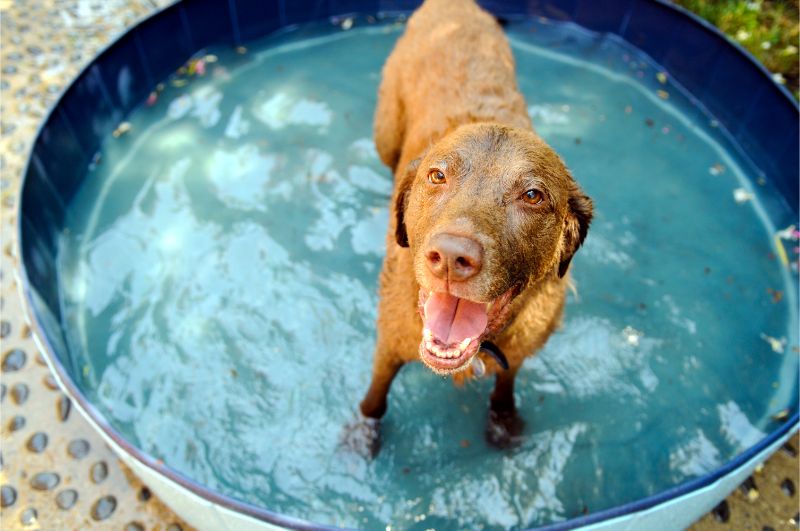
For dogs that love the water, going for a swim on a hot day is a real treat and one of the best parts of summer! However, finding a safe place for your pooch to splash around in is another issue entirely. Should your dog swim in a chlorinated pool? What about a local lake or river? Is it safer to just fill up a kiddie pool in the backyard?
At Lone Tree Veterinary Medical Center, we want pets to get plenty of exercise and bonding time with their owners. With careful observation, appropriate safety measures, and a little common sense, you might find swimming to be an enjoyable activity for you and your furry pal!
Continue…Dog Parks: Are They Right For Your Dog?
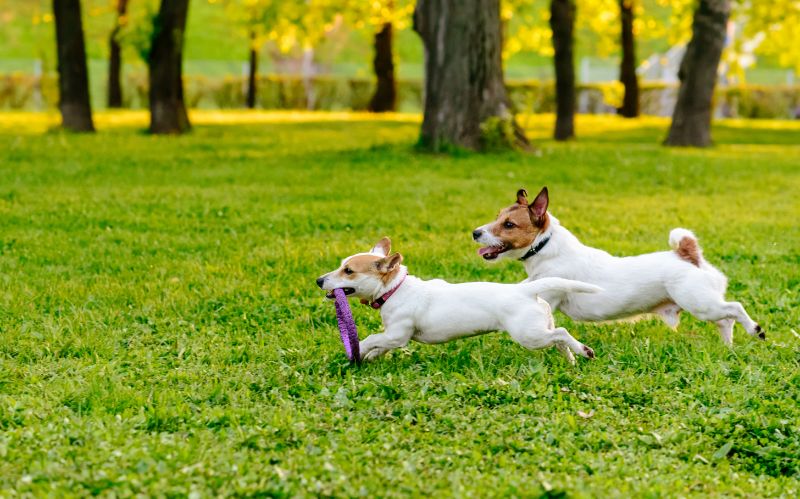
It sounds like a great idea – take your dog to a large, fenced-in area where it can run free with other canine friends. You get to skip the daily walk, check your email, maybe chat with other dog owners, then leave with an exhausted-but-happy dog. What could be better?
Dog parks can be big on the convenience factor for us humans, but being in close proximity to lots of other dogs can also present some problems for your dog. Before taking your pup to the park, it’s important to weigh the pros and cons, so we at Lone Tree Veterinary Medical Center have some important points for you to consider.
Continue…Differently-Abled, Definitely Wonderful: Dispelling Deaf Dog Myths
 There’s something special about dogs. Perhaps it’s their unwavering loyalty and devotion or their unique ability to read our emotions and body language. Maybe it’s the way they inspire joy in our lives every single day. Whatever the case, the bond between human and canine is awe-inspiring.
There’s something special about dogs. Perhaps it’s their unwavering loyalty and devotion or their unique ability to read our emotions and body language. Maybe it’s the way they inspire joy in our lives every single day. Whatever the case, the bond between human and canine is awe-inspiring.
When most of us look at our dogs, we only see their inner light, and this is never more apparent than with deaf dogs. Unfortunately, deaf dog myths abound in our culture, but in reality, dogs of any ability level can lead happy, productive lives. At Lone Tree Veterinary Medical Center, we’ve set out to dispel the top 5 deaf dog myths and to show our readers what these often misunderstood pets can do. Continue…
The Importance of Annual Pet Vaccines
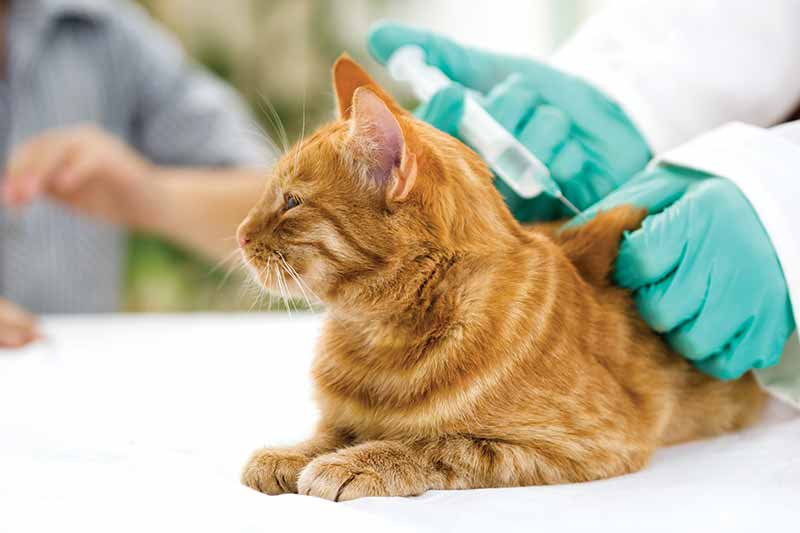 Annual pet vaccines are important because they protect your pets from dangerous and contagious diseases.
Annual pet vaccines are important because they protect your pets from dangerous and contagious diseases.
Knowing which vaccines your pet needs, however, as well as why and when, isn’t always something that’s widely understood by pet owners.
Understanding Vaccines
Vaccines help the body’s immune system prepare to fight disease-causing organisms. They contain antigens that resemble the disease-causing organism but don’t cause illness. When the vaccine enters the body, it mildly stimulates the immune system. If a pet is later exposed to the actual disease, their immune system is ready to recognize and either fight it off completely or lessen the severity of the illness. Continue…



